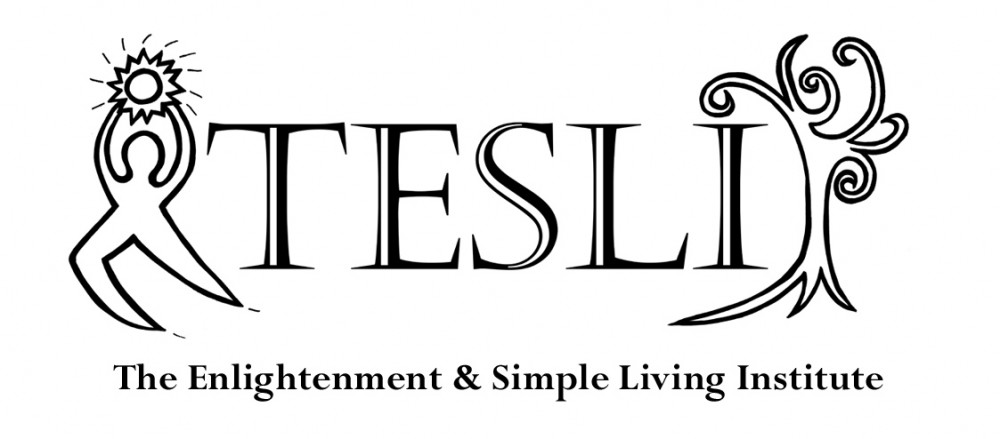Thanks to my good friend that lent me her “American Bad-Ass Survival Guide” with bonus DVD “Lockpicking Secrets” I motivated to “break” into my crawl space this morning. My crawl space is the most secure area of my home.
It has two monster pad-locks on it that are even hard to open with the key. (Of course, that was before I inadvertently threw the key away.) The pad locks secure a metal covered piece of wood that covers the hole to the crawl space. Why such security? I don’t have an answer for that. The crawl space houses two pet rabbits and even the copper pipe has been replaced by plastic alternatives. Not much of value down there anymore.
While the lock-picking DVD did provide instruction on lock-picking, the method to open a pad lock is simpler and entails the use of a metal shim. The metal shim is slid down into the area of the locking bar and causes the lock to simply open. If you are interested, there is a nice wiki on how to make and use a metal shim.
After I made my shim and put them in position the lock still did not open.
I then remembered how hard these locks were to open even with the key. I got out my bolt cutters, but, alas, they were too small. Then I went for the hack-saw. It seemed to only polish the shaft of the lock. However, I realized that the metal the lock was attached to was vulnerable. I sawed an opening in the metal hasp. (Does this mean I am still a bad-ass survivalist? Or is this a cop out?)
My opening was just a little too small. So I got the hammer out to free the lock from the hasp opening. As I banged on the lock, it sprung open. Damn! What a wimpy lock after all. I tried this out on the second lock. After a couple bangs it too sprung open.
Interesting that this heavy, solid, hard lock was so easily opened. And the opening occurred when my intention was not to open the lock, but to simply move it through the sawed opening.
Reflections/Clearings: How many places am I trying to force something open or control a process when the opening could occur by changing my perspective or changing my focus? Where have I defined something as hard, invulnerable or stuck within me when an alternative view is possible? Am I willing to give up my personal view of “stuckness” and entertain the possibility that all aspects of myself are flowing and that creating greater flow may be as easy as continuing to turn the faucet head until the valve is completely open instead of interpreting the slow flow after just one turn as stuckness? RWGBPODPOCA9SBB
Something about this experience reminds me of some healing work I did yesterday with my friend, Marvin Knight. During the session I realized that some of the things I had assumed were stuck were actually not….



